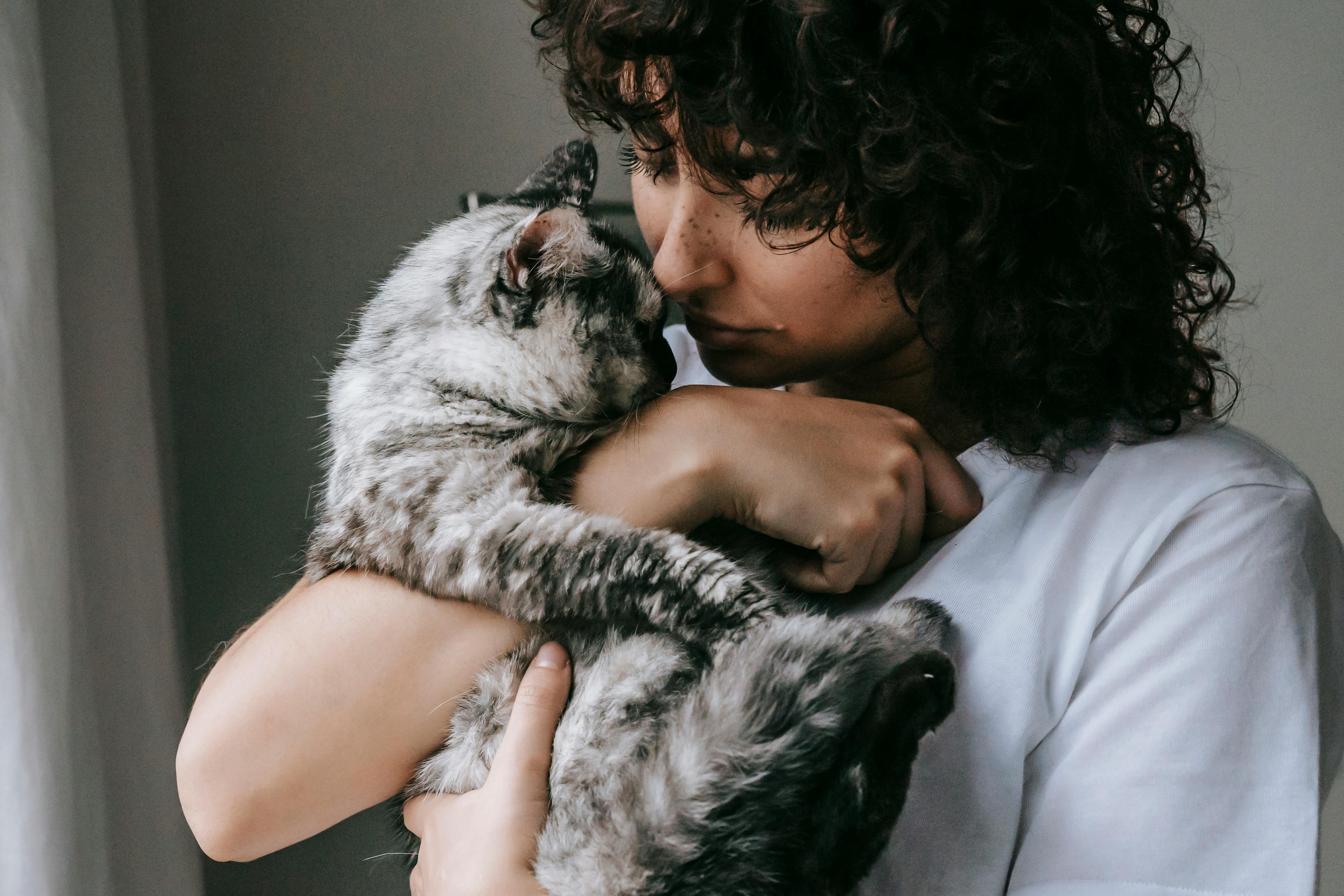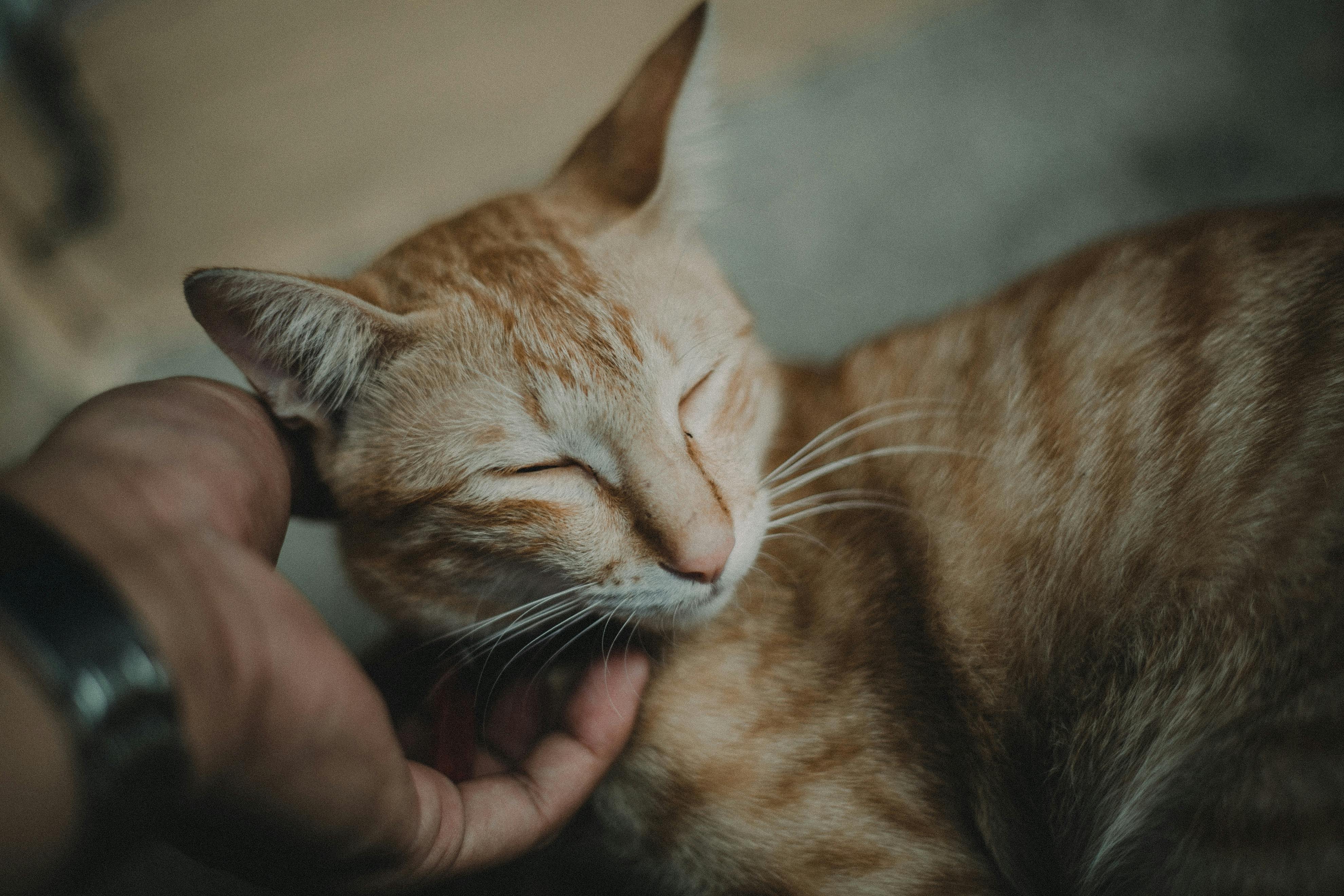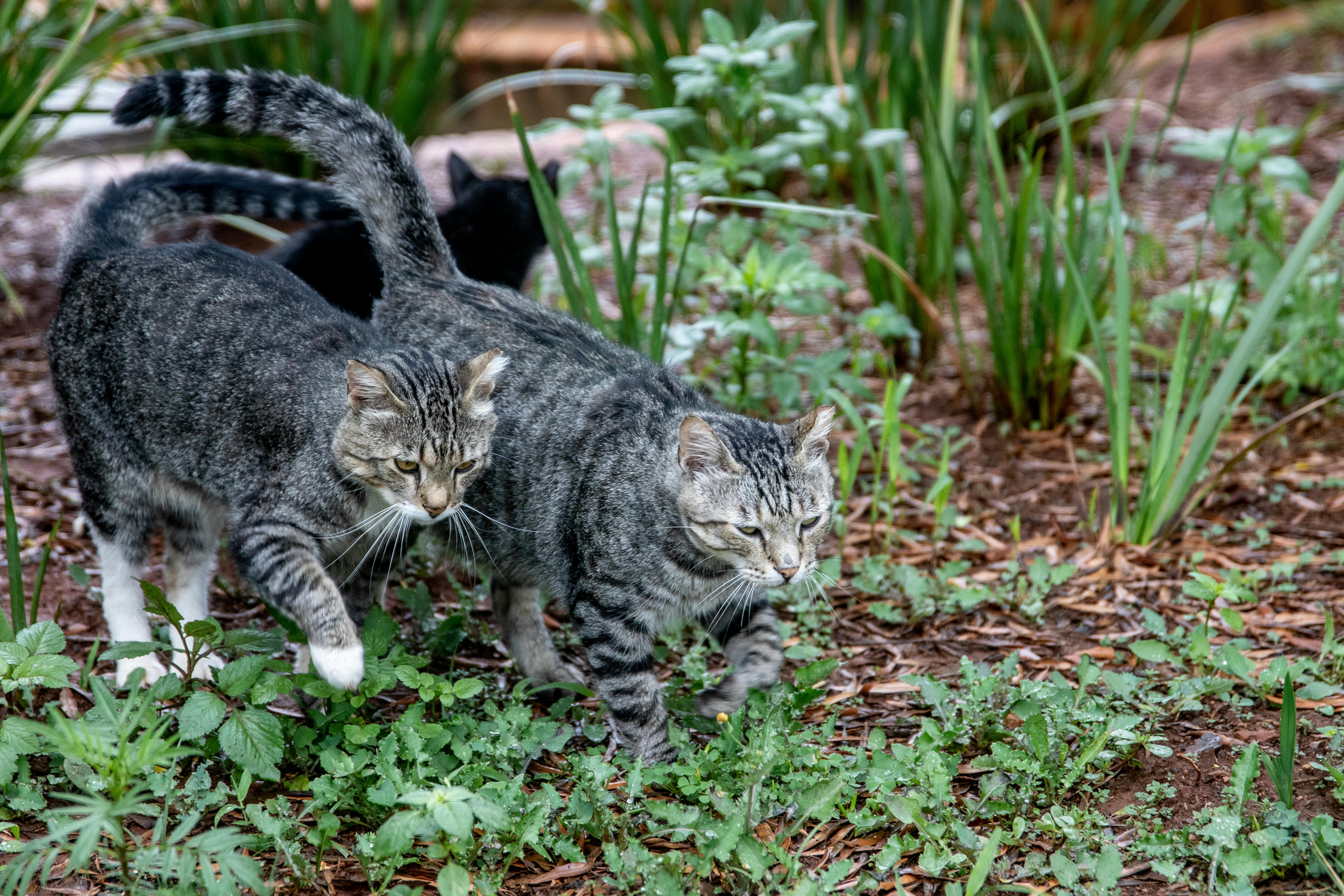Animal husbandry is simply the vocation of selectively mating carefully chosen specimens of any species to produce or improve specific desirable qualities and characteristics, thus improving both the livestock and the species as a whole.
.
Animal husbandry, for anyone who decides to pursue it, can be anything from a serious hobby, done for personal reasons to better quality pets; a part-time business of breeding and selling pets; to a serious and sophisticated profession and livelihood. The demand for a diverse and quality range of livestock and pets is on the rise and, in fact, increased rapidly during the early years of the 21st century, especially in the developing world. This has caused the breeding of domestic and farm animals to become an increasingly important sector.
At its best, animal husbandry is a perfect blend of science and art. Any truly skilled breeder should have a good foundation of knowledge about animal genetics and health issues, as well as the purpose for which the animal is likely to be used. However, at its worst, animal husbandry can often be a sloppy type of enterprise whose primary concern is pure profit, with little attention paid to the health and welfare of the animals. This type of breeding is more common in pet breeding, often done by random and ignorant breeders and done on a small scale. There are also mass breeding programs, such as puppy mills, run by larger companies, where animals are treated as little more than puppy-making machines.
There are, however, many excellent small-scale breeding programs that are run from people’s homes, as well as profitable large-scale operations that are run by trained personnel with good veterinary care of the animals.
For much of the 20th century, animal husbandry in Western nations had neglected the rest of the animal genetic resources of other countries. However, as demand has increased, there has been an increase in the use and development of a variety of local breeds, adapted to the specific climate. In this changing world scenario of intensification demand and a much larger and progressively more prosperous human population in these nations, animal agriculture has intensified in most available production settings, to meet these emerging demands of the 21st century.
The essential need today is to realize the possibility of sustainable animal husbandry using genetic resources and locally adapted animal species, which are in use in the low-input production environments of the developing world.



